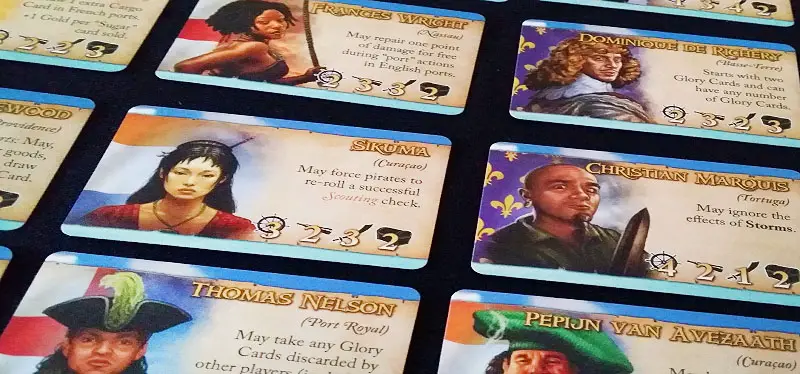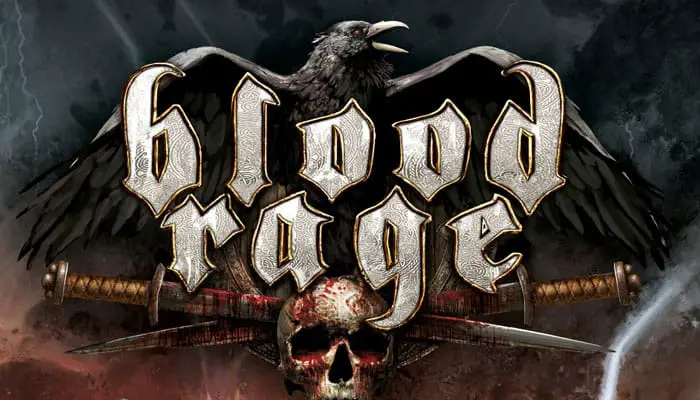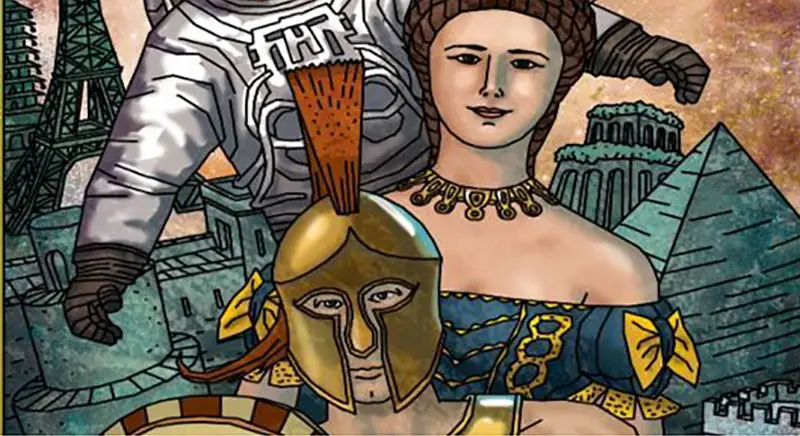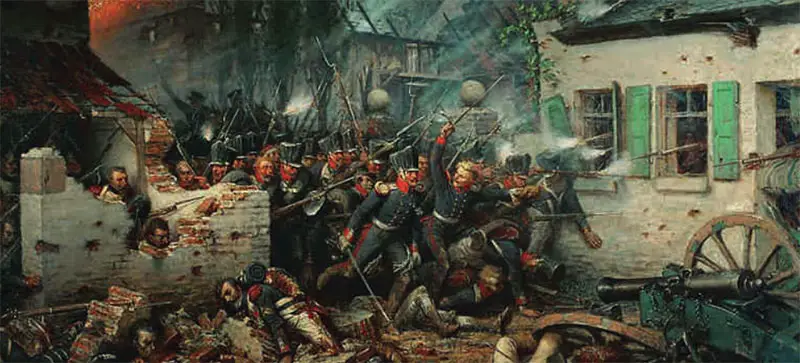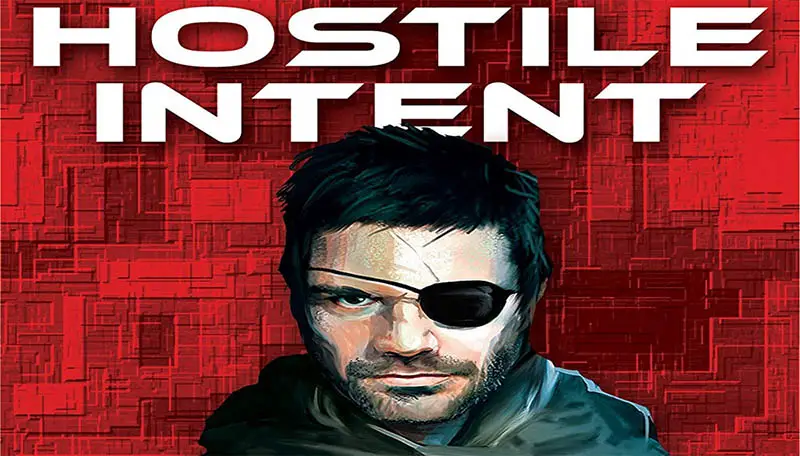
Hostile Intent is an expansion for The Resistance consisting of several different module rules. A copy of The Resistance is required to play these expansion modules.
How you play and win The Resistance remains the same as the base game except for the changes outlined in each of the various module sections. Modules can be combined, though it is recommended that you play each module separately (and without the Plot Cards) before combining them.
Components
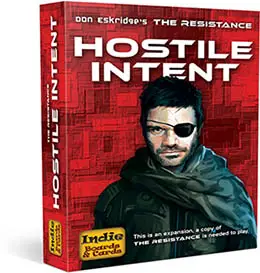
- 6 Hunter Mission cards
- 4 Hunter Loyalty cards
- Investigator Token
- 10 Hunter Character cards
- Inquisitor Token
- 6 Reverser Mission cards
- 2 Reverser Character cards
- 2 Inquisitor Loyalty cards
- Instructions
I. Hunter Module
In this module both the resistance and spies must identify a specific individual among the opposing team to win. The spy Hunter reveals themselves after the third failed mission and has to correctly Accuse the resistance Chief to secure the win. …




